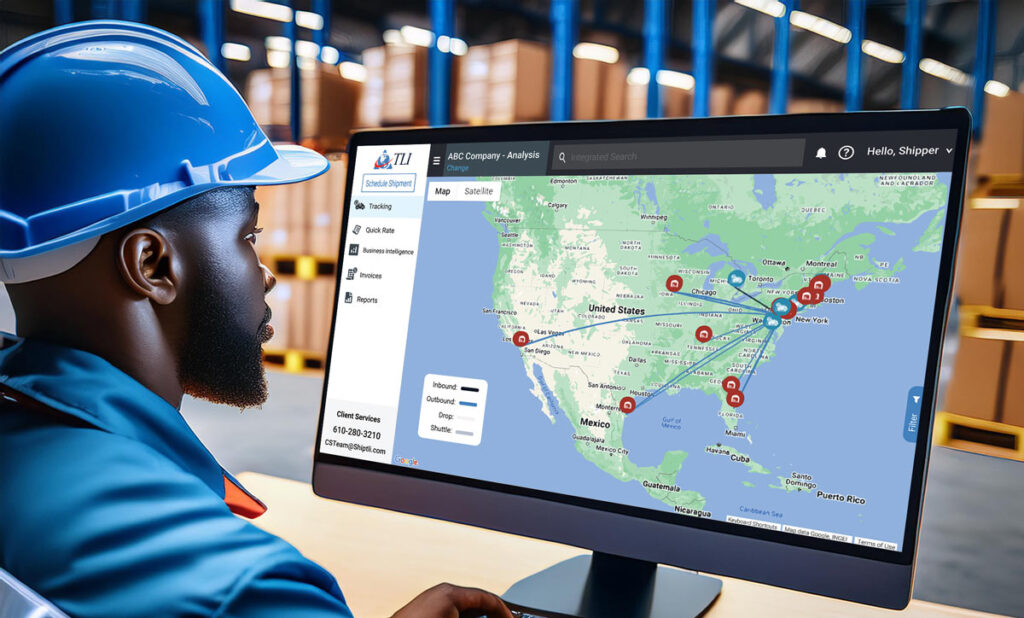What Is Dynamic Freight?
With dynamic pricing, rates adjust throughout the year. When excess capacity exists, prices can drop below annual contract rates—without the need for renegotiation. Shippers gain flexibility when using this system as it is integrated with these motor carriers via API/EDI.
Carriers benefit as well and can improve profitability. By using real-time data, they align pricing with actual operational expenses rather than industry averages. This helps them manage lane imbalances, optimize trailer utilization, and recalibrate pricing for new service areas.
Automation simplifies the process. ViewPoint TMS eliminates the guesswork, ensuring shippers always access the best available freight rates without manual intervention. Likewise, ViewPoint TMS will also be able to optimize the mode type selection, so you can know if the parcel rate is better than the LTL Rate, or if the LTL rate is more competitive then the Volume LTL rate. This efficiency saves shippers time and money.

How LTL Technology is Changing Freight Pricing
LTL technology is evolving rapidly. Dynamic pricing now uses real-time data from carrier networks to calculate precise rates. Instead of relying on outdated annual contracts, carriers adjust pricing based on live shipment conditions.
With ViewPoint TMS, shippers can take advantage of this shift. The system factors in shipment details, lane conditions, and carrier capacity to determine the most competitive motor carrier rates. This ensures shippers always access accurate, market-driven pricing.
Dynamic pricing helps both shippers and carriers. Shippers benefit from lower rates when excess capacity exists. Carriers optimize trailer utilization and manage network imbalances more effectively.
How ViewPoint TMS Handles Dynamic Freight
ViewPoint TMS makes dynamic freight pricing work automatically. When users enter shipment details, the system automatically calculates PCF (pounds per cubic foot) based on weight and dimensions.
The TMS then connects with carriers via EDI/API integration. This real-time link retrieves dynamic contract rates that fluctuate based on:
- Shipment characteristics like dimensions and weight
- Carrier capacity and lane imbalances
- Lane embargoes
- Operating costs across the carrier’s network
LTL shippers and carriers are moving beyond rigid annual contracts. Dynamic freight pricing powered by real-time data ensures cost-effective, flexible, and market-responsive shipping.
With ViewPoint TMS, shippers stay ahead. They leverage automated PCF calculations, live carrier integrations, and real-time market pricing. The result? Better rates, optimized shipping, and a smarter way to manage freight.
Instead of static pricing, shippers get live, data-driven rates that reflect current market conditions. This approach ensures better cost management and improved efficiency.